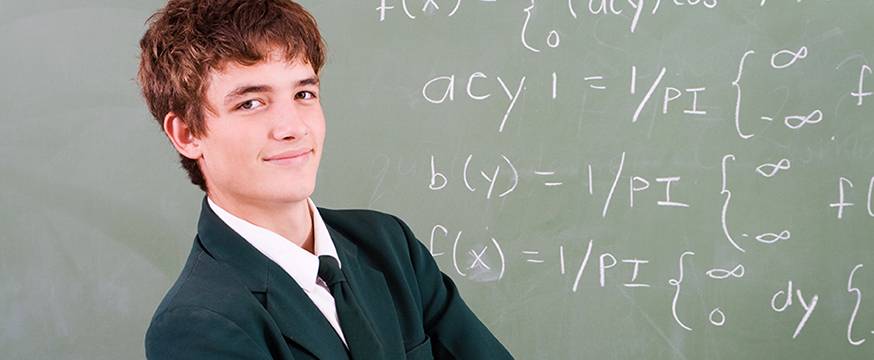
Maths + confidence = higher scores for boys
Research 18 Jul 2014 4 minute readTeenaged boys outperform Australian girls in mathematics by the equivalent of about one-third of a school year, according to the latest PISA survey, as Sue Thomson and Lisa De Bortoli explain.
The most recent OECD Programme for International Assessment (PISA) survey from 2012 reveals that boys performed significantly higher than girls in mathematical literacy by 12 score points, representing about one-third of a school year. Significant sex differences were also found in 2006 and 2009, but not in 2003.
PISA 2012 – managed by ACER for the Organisation for Economic Cooperation and Development (OECD) – measured the mathematical, scientific and reading literacy of around 510 000 15-year-old students across 65 participating countries and economies.
In PISA 2012, the average mathematical literacy score for Australian teens was 504 points, higher than the average mathematical literacy score for the OECD of 494 score points. The PISA 2012 results show significant sex differences in mathematical literacy in favour of boys in 29 countries or economies, while girls significantly outscored the boys in three countries.
One key question is why boys and girls perform differently. Self-efficacy has been shown to be one of the most important factors. Self-efficacy in PISA was measured by asking students how confident they would feel completing a number of mathematics tasks. Boys indicated they were more confident than girls in tasks that involved finding a distance using a map and calculating petrol consumption rate, while girls and boys showed similar levels of confidence solving equations.
There was a significant decline in self-efficacy reported by girls, but no change for boys between 2003 and 2012.
The relationship between self-efficacy and mathematics performance shows that students with higher self-efficacy also scored higher average levels of mathematics achievement than students with lower self-efficacy. In terms of sex differences, the average score for boys was higher across all quartiles of self-efficacy than for girls. The difference in average mathematics score between students in the highest quartile of self-efficacy and the next quartile is the equivalent of about one-and-a-half years of schooling.
In essence, those students who believe that they are capable of tackling mathematics problems in everyday life were more successful in undertaking the PISA mathematics assessment items. Of course, it is likely that this relationship is reciprocal, with students who are stronger in mathematics being aware that this is the case, and so more likely to strongly agree with these statements. At the same time, higher levels of self-belief may lead these students to tackle more difficult problems and thus develop their mathematics abilities to a greater extent.
Read the full report:
Snapshots Issue 4, February 2014, ‘Boys, girls and mathematics’ by Lisa De Bortoli. < www.acer.edu.au/snapshots >
Further information:
Sue Thomson will be speaking on ‘Gender and mathematics: Quality and equity’ at Research Conference 2014. For more information on Research Conference 2014, addressing the theme, ‘Quality and Equity: What does research tell us?’ visit < www.acer.edu.au/rc >